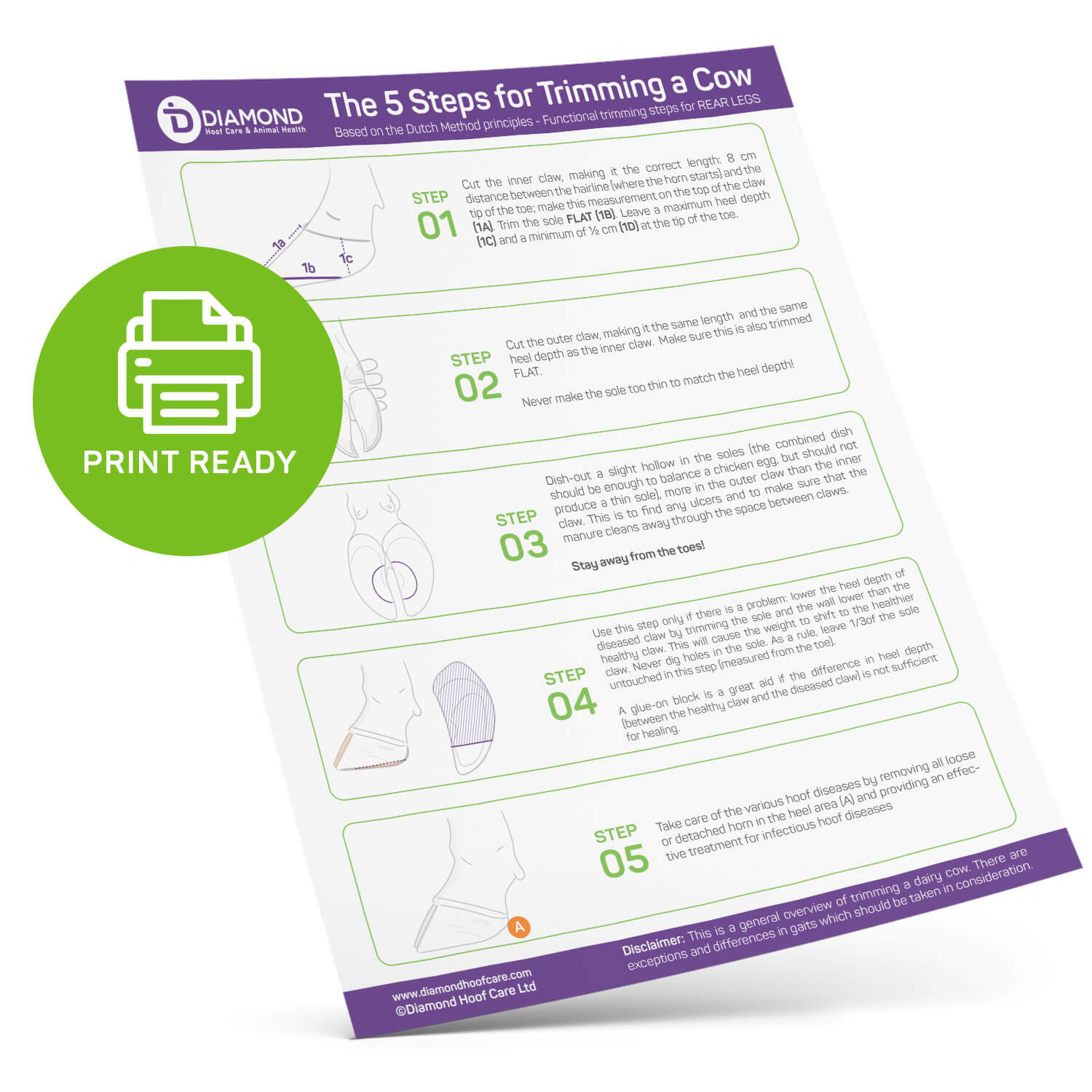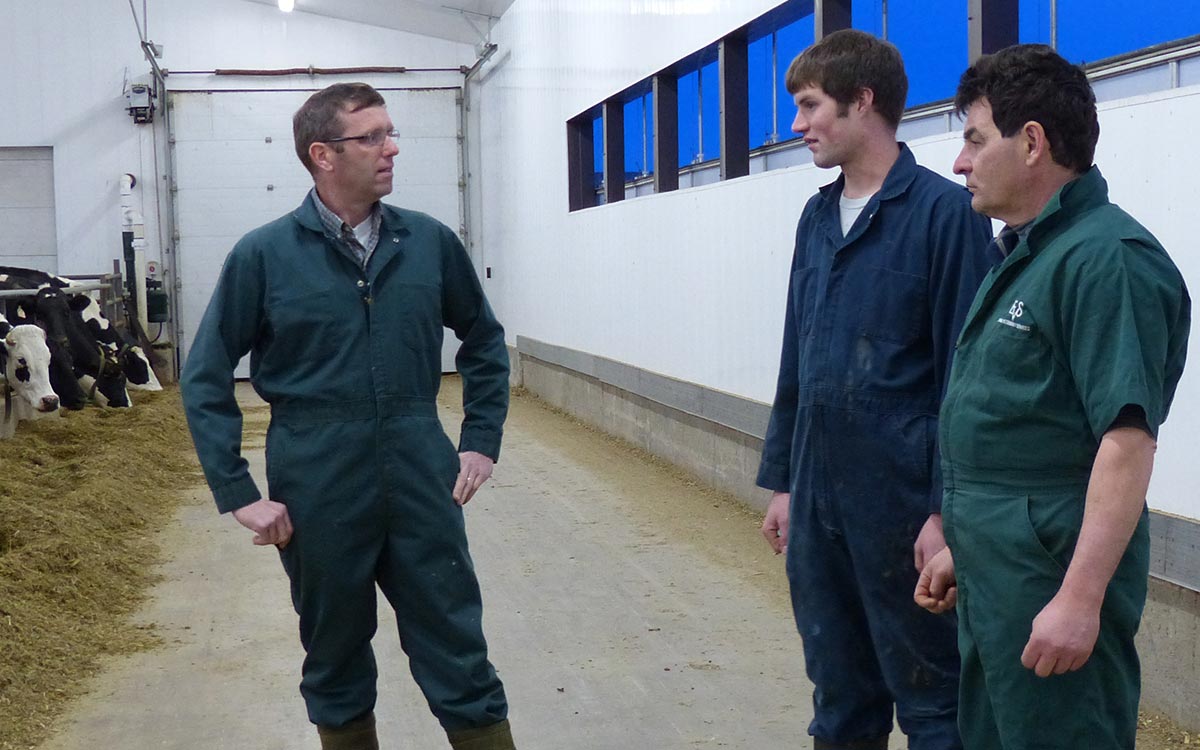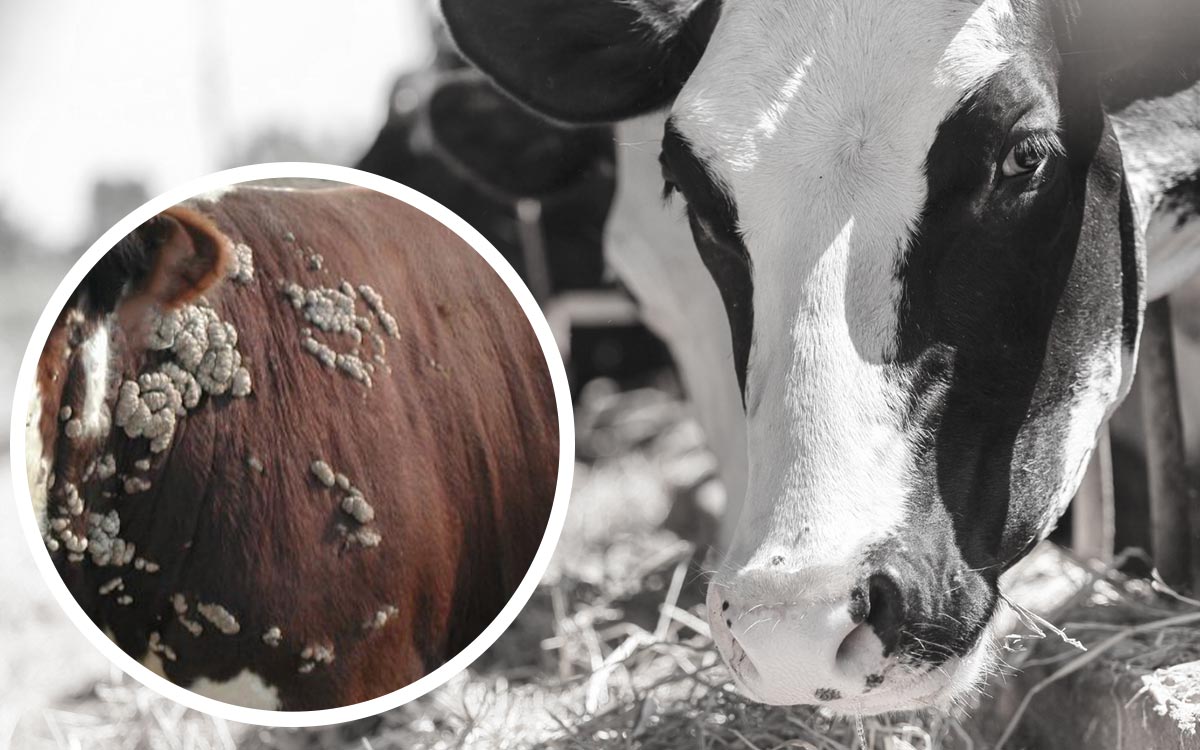How long have you been in your profession?
VIS: After being a dairy herdsman for several years, the opportunity arose to start a hoof-trimming career. As a firm believer in training, I participated in the professional hoof trimmer training (IPC Dier in Oenkerk, The Netherlands).
In the fall of 1994, my active career started – and looking back, it’s a wonderful, exciting profession. In the spring of 2012, due to “wear and tear” on my body, I made a choice to focus on hoof care consulting rather than the daily trimming practice.
The excitement about the four hooves of the dairy cow keeps me going and lameness challenges continue to appear.
SABAU: I have been a veterinarian for 22 years. I practised veterinary medicine in Romania for seven years and have practised in Canada for the past 15 years.
Do you think the hoof trimmer and veterinarian should collaborate on farms?
VIS: No doubt about this. These two professions are servicing the well-being of the animal and are supporting each other. I’ve often reached out to our local veterinarian for advice on certain herds in our clientele, and this team approach was phenomenal and a great experience for the producer.
SABAU: We should have a team approach on the dairy farm. All the professionals should work together, including the hoof trimmer and veterinarians.
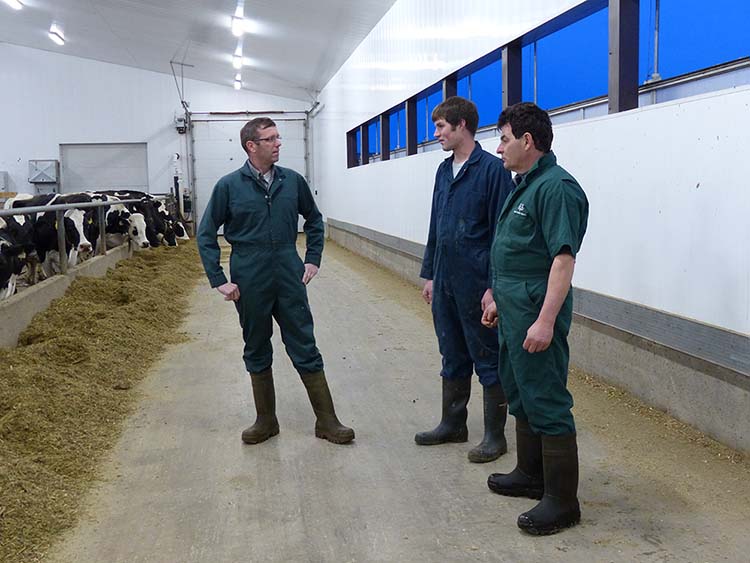
Do you think the hoof trimmer and veterinarian should collaborate on farms?
VIS: Sometimes there are deeper-lying causes to lameness problems, and we cannot get to the bottom of it. I know that we, as trimmers, are not alone in the lameness challenges.
Our veterinarians have been great support and, in my opinion, it gives a satisfying feeling of being recognized by the veterinary profession and that together we can help the producer.
SABAU: The benefits will be healthier cows and a better understanding of the problems in the dairy and solving the issues.
What does the hoof trimmer bring to the table for the veterinarian?
VIS: The hoof trimmer brings an overview, or rather snapshot, of what is going on in the herds’ hooves today. Proper record-keeping on hoof care procedures for each cow (either manual or digital) is a must to be able to share the trimming information.
This benchmarking is shared with the other professionals and, as a team, we assist the producer in making the right decisions. I’ve also had veterinarians visit me on the farm while I was trimming, and they used my equipment to provide extensive veterinarian hoof care when needed.
SABAU: Most of the hoof trimmers come twice a year on a farm. After every trim, they leave a summary of the hoof problems in the herd. As veterinarians, we can analyze the findings, talk it over with the producer and, in some cases, with the hoof trimmer.
We are both specialists, and we have to be on the same page to be able to advise the producer in the same direction.
What does the veterinarian bring to the table for the hoof trimmer?
SABAU: The veterinarian should be involved more in foot problems, especially when it is necessary to use tranquilizing agents and local anesthesia for the welfare of the animals. The hoof trimmer should refer these types of cases to the veterinarian.
How often should the hoof trimmer and veterinarian (and producer) meet?
VIS: A producer is at all times the coordinator of these meetings. Open communication lines (on demand) are often enough, but I’ve also met the veterinarian around the client’s coffee table and discussed the options at hand to control lameness.
SABAU: We should meet once a year to go over the farms that we serve together, but it is important that we are available at any time.
What records and reports should be shared back and forth? Why?
VIS: Regular hoof trimming records are often the gauge for the veterinarian to monitor lameness behaviours and seasonal patterns.
There are often links to the overall health of the herd. If there are a lot of displaced abomasums, retained placentas, mastitis, etc., the possibility is that the hoof trimmer will find some lameness cases related to these occurrences.
It is most profitable if this veterinarian information is shared with the trimmer and positive progress monitored by the hoof trimmer and referred to the veterinarian.
SABAU: All information needs to be shared. For example what hoof bath products are used, how many times per week and what the treatment protocols are for lame cows.
The records need to be shared on how well the cattle respond to treatments to make improvements and ensure the cattle have healthy feet.
The hoof trimmers should share any concerns that they see at a particular farm with the veterinarian so that any issues can be caught early.
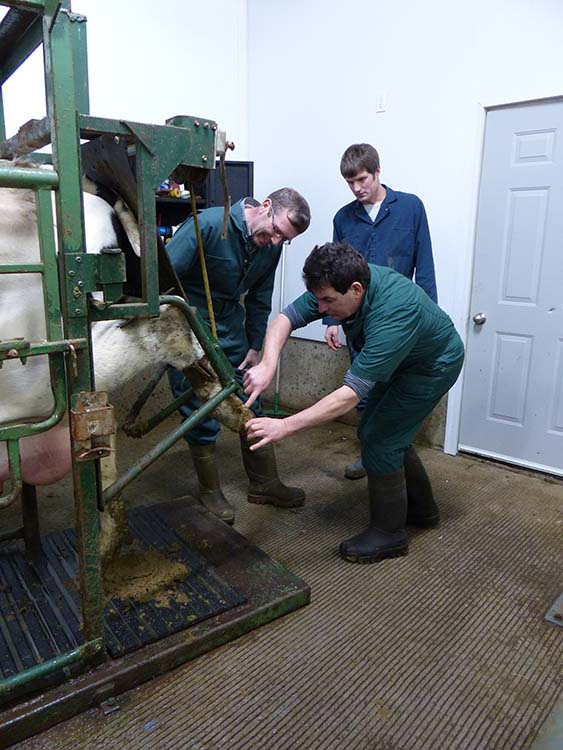
What’s the benefit for the producer of the hoof trimmer and veterinarian’s collaboration?
VIS: Each profession brings its expertise and experiences. The great benefit for the producer is that by using the connection between all the professionals that serve his farm, he will see a better hoof care experience, healthier cows and return on his investments (in both time and money).
SABAU: Producers will have healthy cattle and see the economic benefits.
Any final thoughts?
VIS: The global industry is changing the focus to sustainability by using fewer antibiotics to avoid resistance and residues.
A close relationship between the hoof trimmer and the veterinarian is an asset to help the producer apply alternative ways to control lameness that will achieve a sustainable future.
I’ve used antibiotic-free products for eight years with great success, and my clients’ veterinarians are supporting us in this safer approach.
SABAU: As a veterinarian, I think we have to work together with the hoof trimmers. In the past few years, this partnership has gotten closer, but we have more work to do to improve even more. We have to be open-minded and work together as a team.
This article was first published in the Progressive Dairyman.
